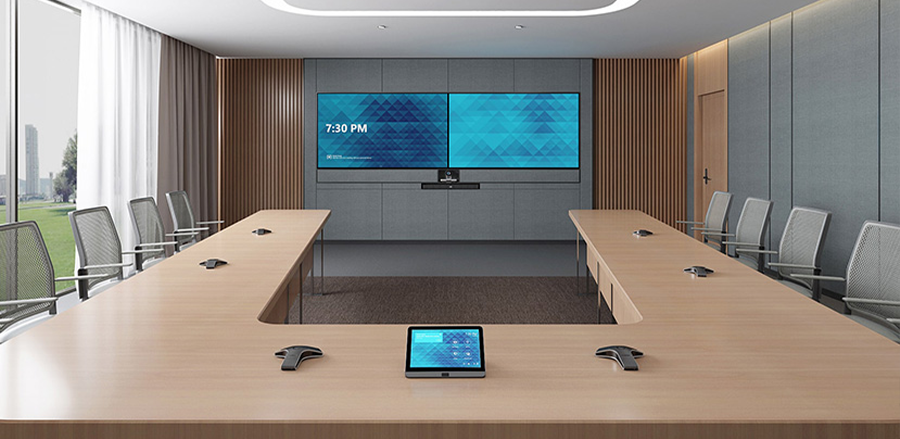Enhancing Acoustic Quality Via Tactical Speaker Placement within Commercial Spaces
Enhancing Acoustic Quality Via Tactical Speaker Placement within Commercial Spaces
Blog Article
Enhancing sound experience in commercial spaces is crucial for establishing an inviting and effective atmosphere. Whether it’s in a restaurant, retail outlet, or office, the manner sound travels and is experienced can significantly impact client contentment and staff efficiency. Strategic audio positioning holds a key part in achieving optimal audio quality. By grasping the principles of sound dynamics and taking into account the layout of the area, companies can improve the overall auditory environment for everyone in attendance.
One of the initial steps in effective audio positioning is to assess the dimensions and configuration of the commercial space. Various sections may have unique sound characteristics that influence how sound behaves. For example, spacious, expansive areas may require more speakers to guarantee uniform audio distribution, while compact, confined areas might benefit from fewer audio units placed strategically to prevent overwhelming the listener. Additionally, the substances used in the building of the space, such as walls, surfaces, and ceilings, can influence sound reflection and dissipation. Comprehending these factors assists in deciding the most suitable locations for audio units.
Another crucial factor is the kind of sound being played. Background tunes in a coffee shop, announcements in a shopping outlet, or presentations in a conference room all require varied audio setups. For example, in a dining establishment, audio units should be positioned to create a pleasant atmosphere without overpowering conversations. In comparison, in a retail environment, audio units may need to be positioned to ensure that promotional messages are distinctly audible throughout the space. Tailoring the audio placement to the specific audio requirements of the setting can greatly improve the complete atmosphere.
The elevation and angle of the speakers also play a significant part in audio distribution. Positioning audio units at listening height can help ensure that sound arrives the listeners effectively. Additionally, angling speakers towards the middle of the space can assist direct sound where it is Continue needed most. This is particularly crucial in areas with tall ceilings, where sound can easily dissipate. By carefully considering the height and angle of the audio units, companies can create a more immersive acoustic experience that keeps clients interested and staff focused.
Finally, consistent assessment and modification of speaker placement are essential for maintaining optimal sound quality. As the design of a business area shifts, or as additional fixtures and accessories are added, the acoustic dynamics may shift. Conducting periodic evaluations can help detect any problems with audio distribution and allow for necessary modifications. By focusing on strategic audio positioning and continuous assessment, businesses can ensure that their commercial environments offer a inviting and pleasant acoustic atmosphere for everyone.